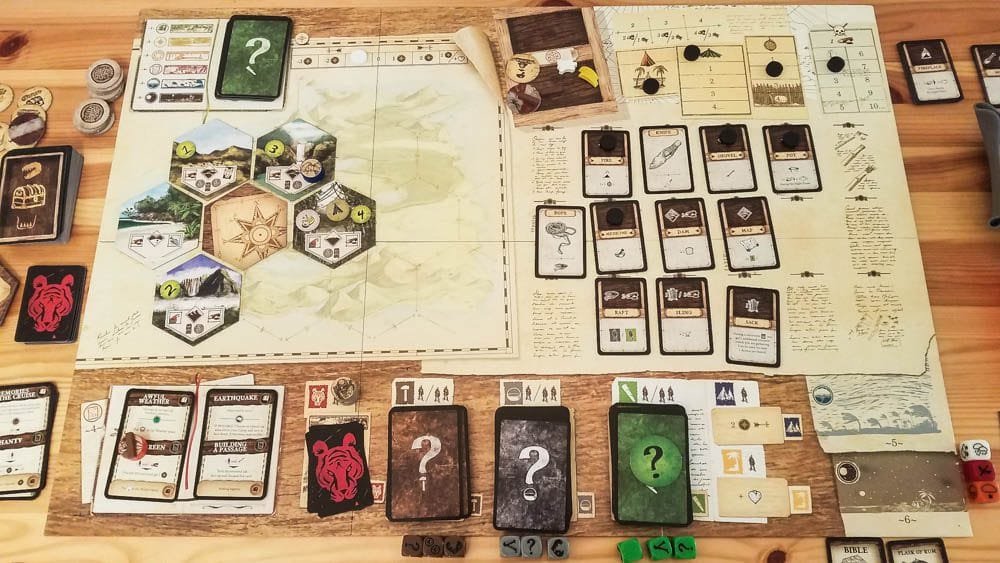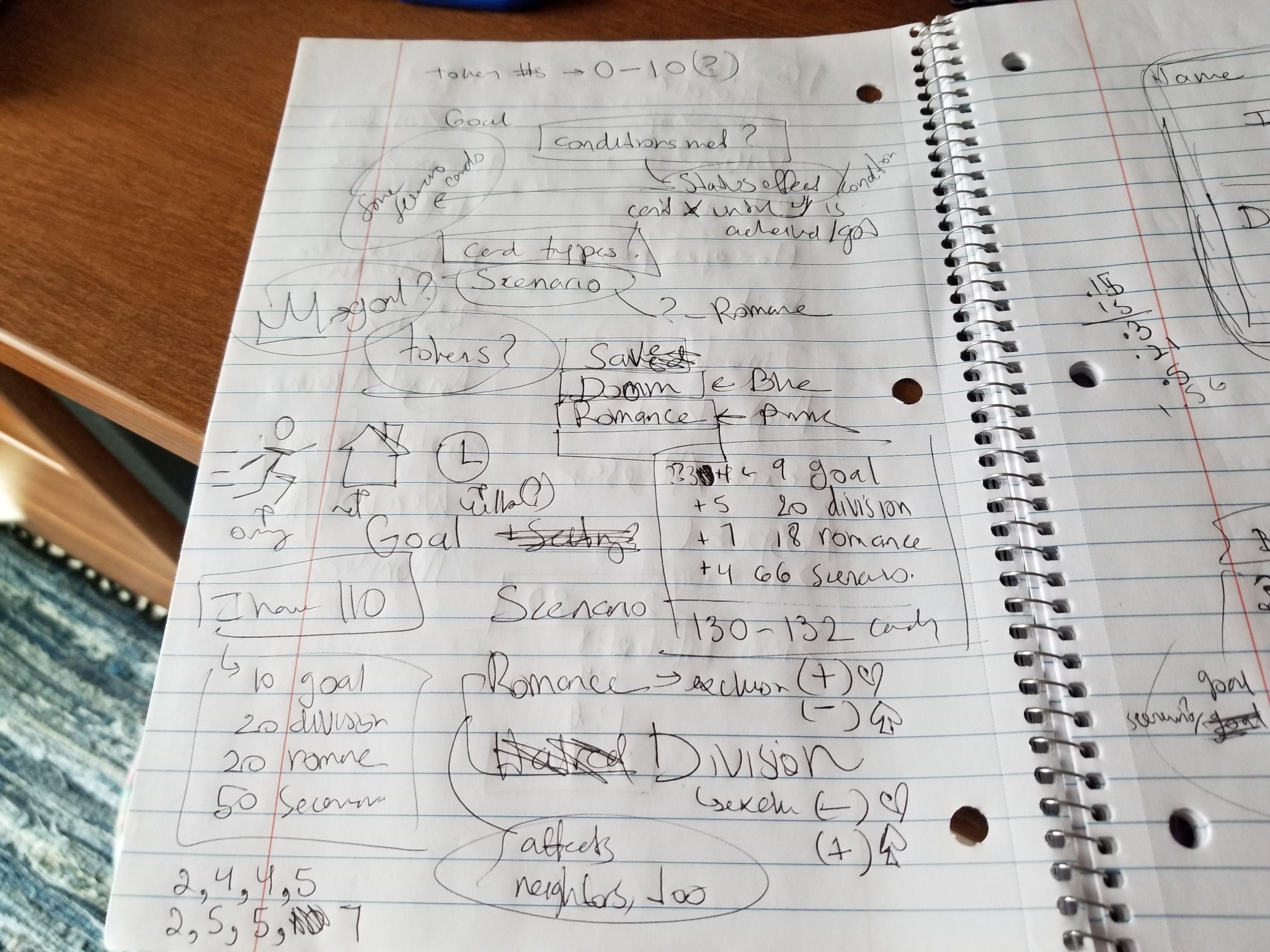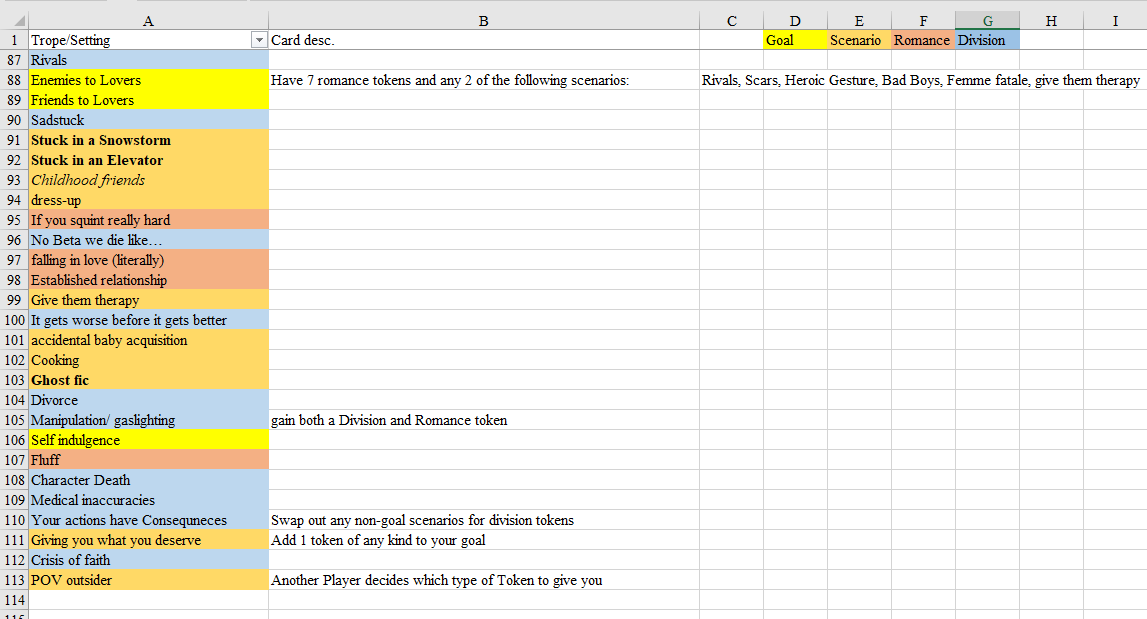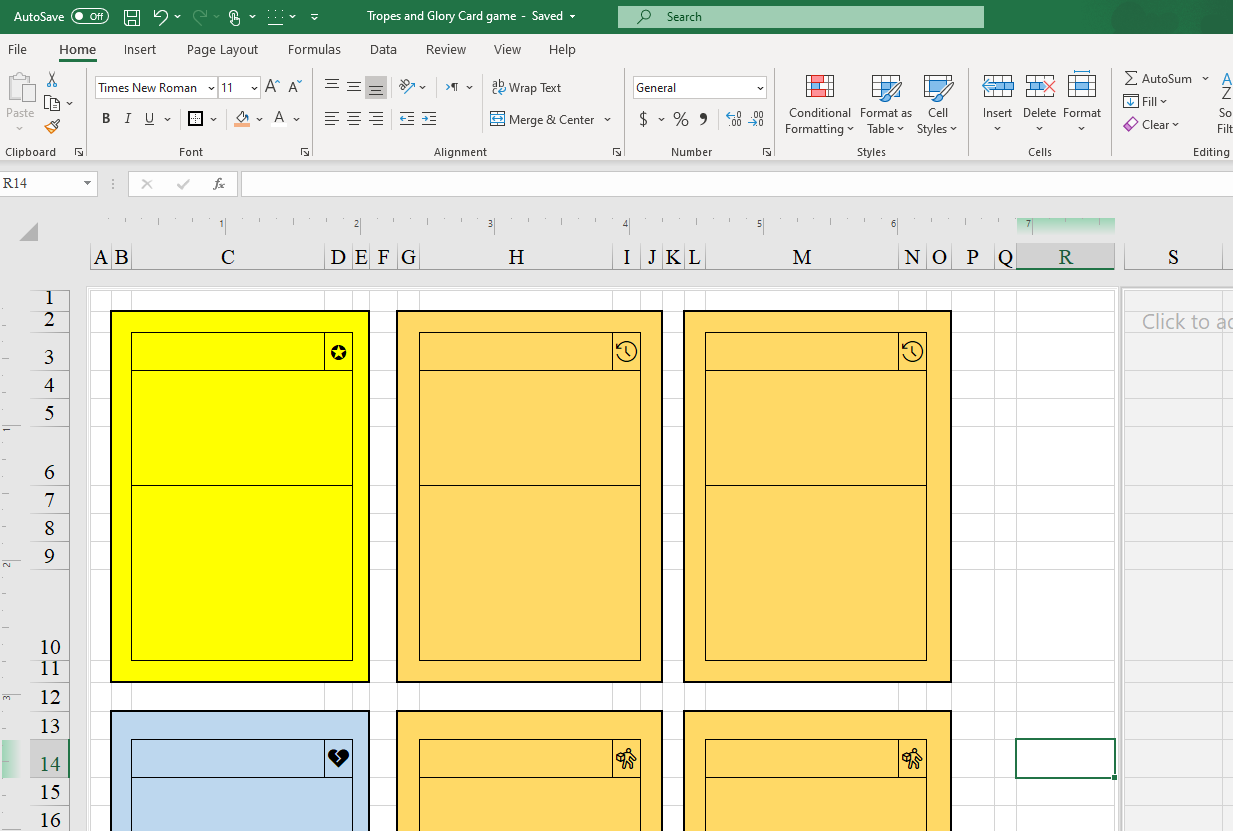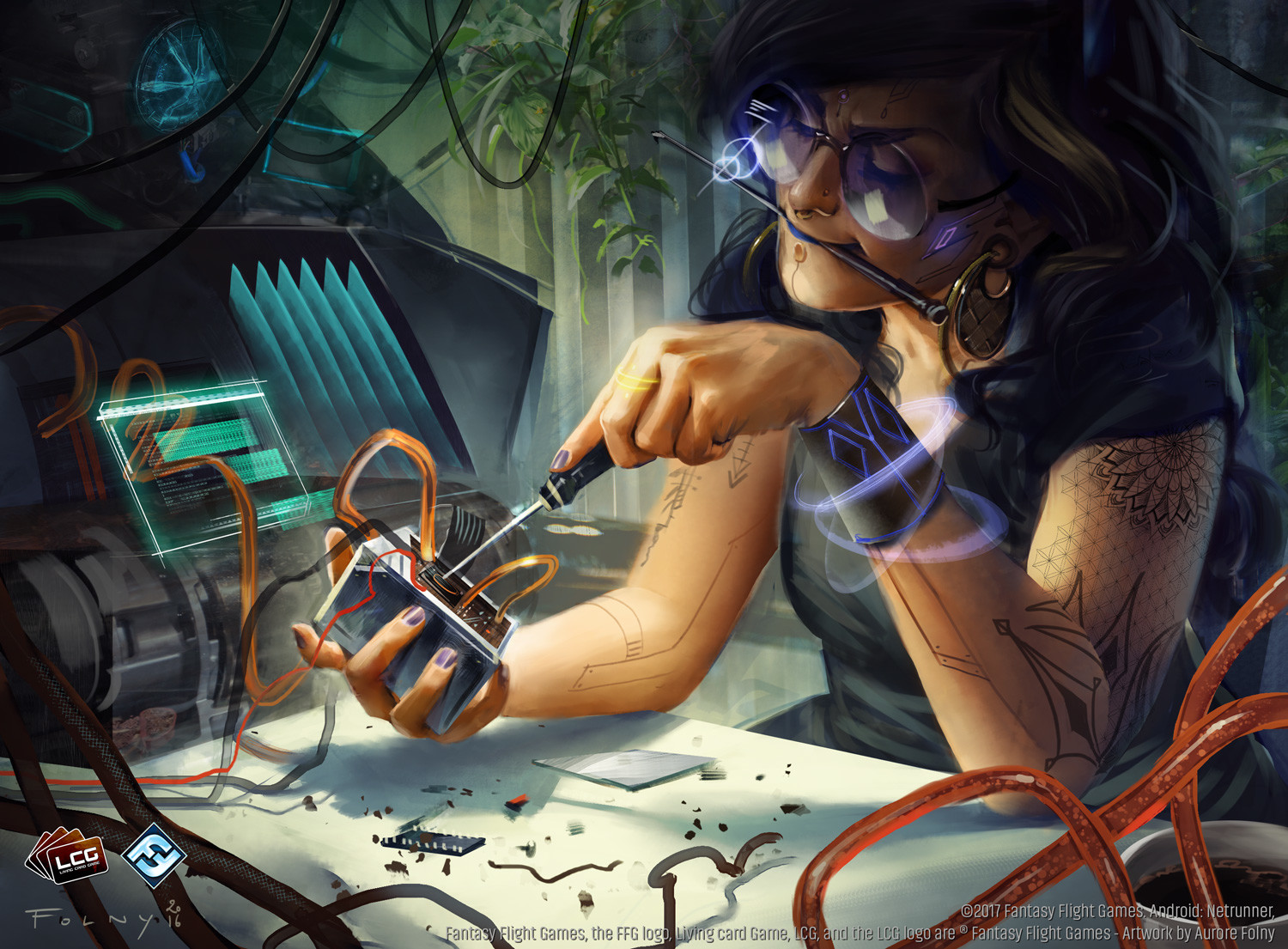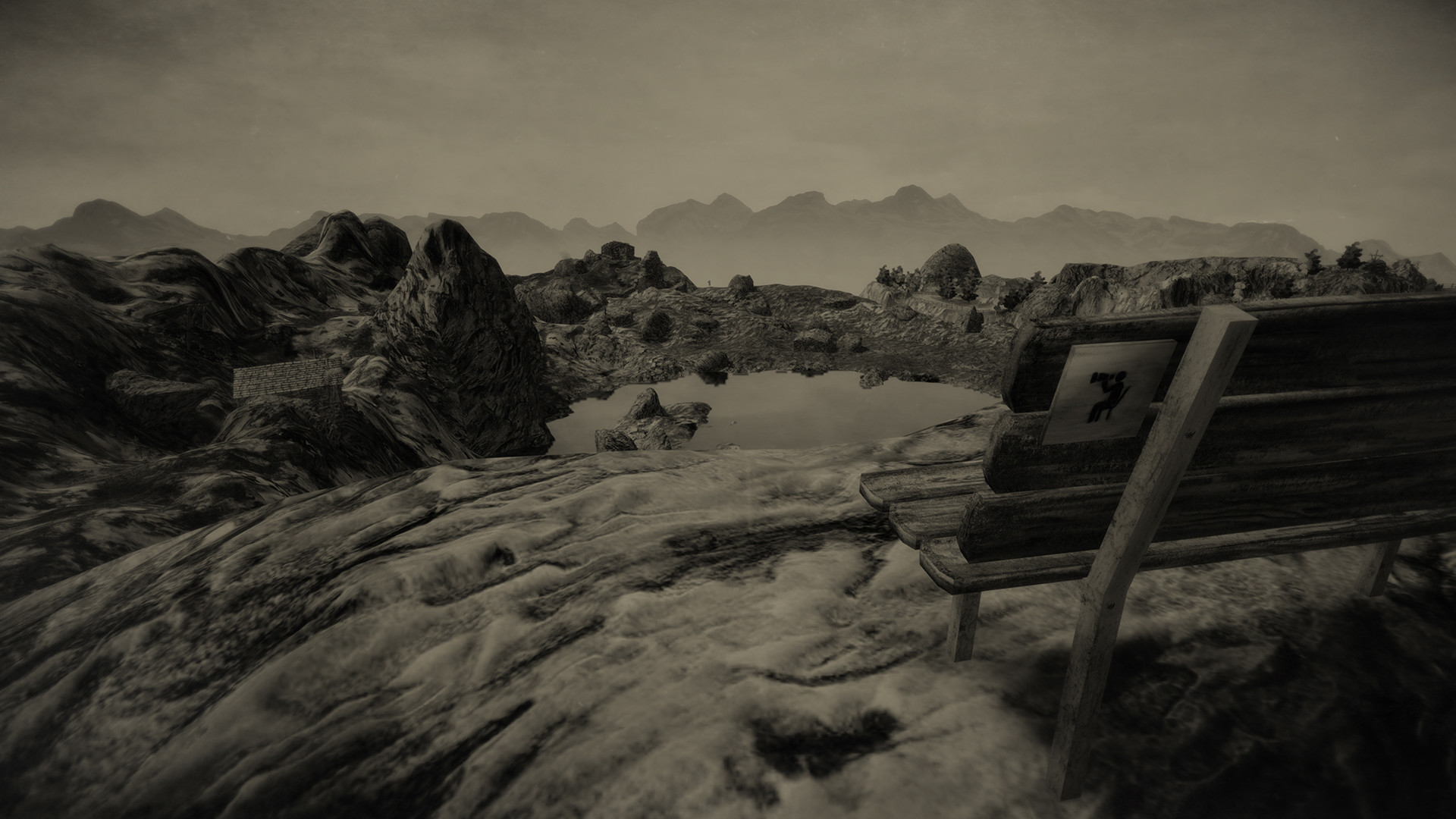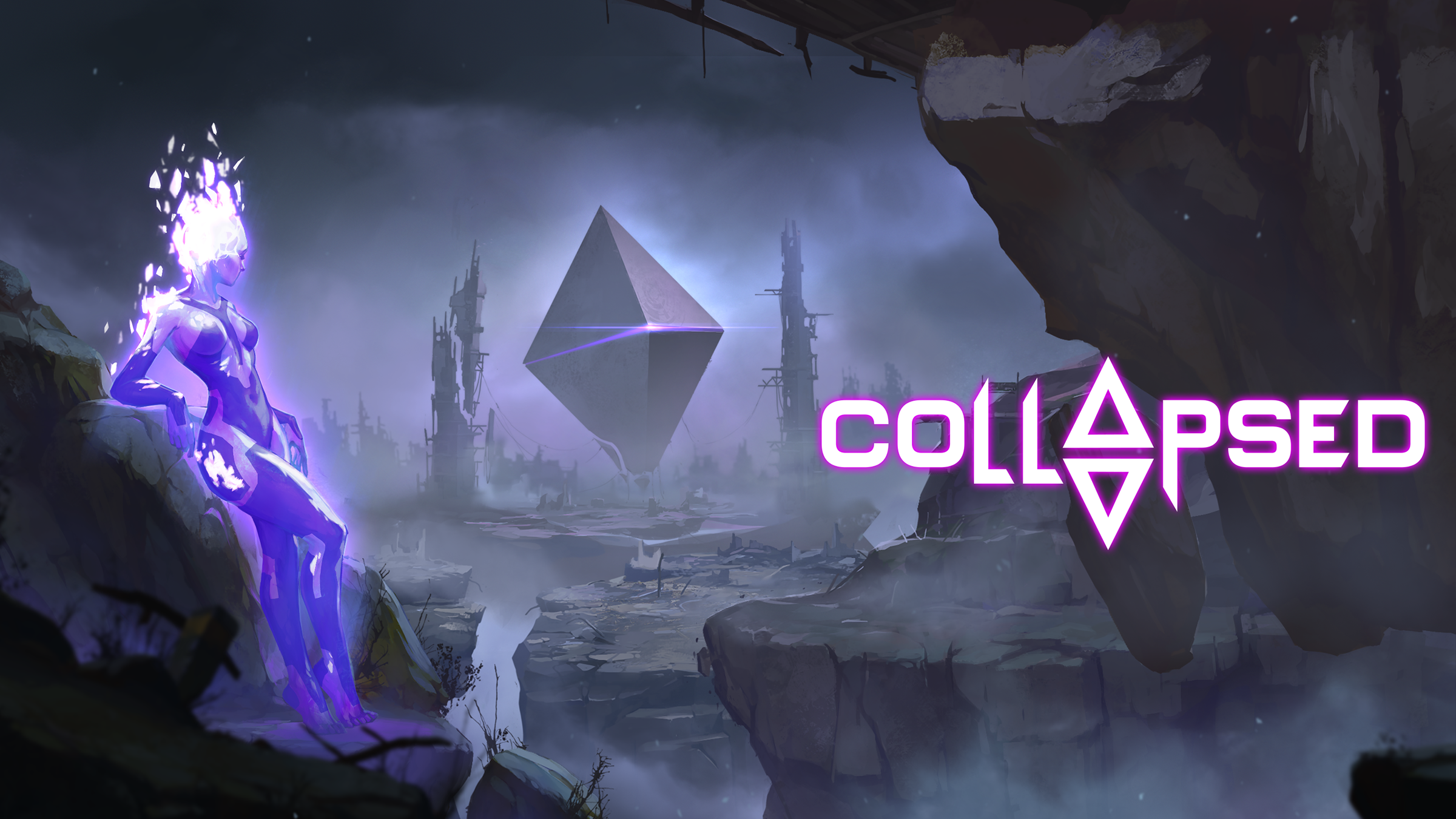What are Feats?
Feats are, boiled down, unique actions or abilities that one can do/have. A game that relies on feats over anything else generally has less reliance on stats or items, and is more about the imagery that comes from a more verbally-based adventure. Some videogames have them as part of a “talent tree”, in that feats have to be unlocked in a certain order. In these games, some trees are blocked off if you’ve chosen a certain role or path. Games can use feats to boost base skills, or allow more flexibility in the actions your character can take.
Why Feats?
Feats let players do another level of customization, and lets them use something that isn’t for numbers, necessarily. Feats can allow for more fun and can create unique Interactions between other characters and the environment around them.
How do I make ’em?
Feats tend to have limits of their usage in a certain time frame. That can help with balance in your game. A much stronger/ impressive feat will be given a longer time between uses than some thing simpler/weaker. One can also have a limit per game of times each feat (or all feats as a whole) can be used.
You can bring Balance to your game through keeping things consistent, watching the usefulness of the feats, and allowing the feats to have in-game importance. Consistency can refer to the description used; keeping the feats at a similar level of power and/or versatility will help keep the players at a compatible level. Usefulness is also a factor in balance and also, consistency. Are your feats tied directly to the gameplay? Are they more for Aesthetic purposes? How you choose to integrate those will be based on the type of play you and your players are looking for. A more light-hearted game for comedy reasons may choose to have silly, more aesthetic-based feats, that do more for conversation than plot, because that is what players are looking for.
Themes:
Themed around subject: What is unique to the chosen genre? What can only be done or be seen in the genre you choose? What tropes do you enjoy that can be integrated into your game?
Themed around the character’s species, for example, if the character is a merperson(triton, mermaid, generally aquatic), a feat can be “Once a day, the player can issue a command to nearby lake or sea creature. The creature must do a wisdom saving throw of at least 15 to resist”. The feat is unique to the specie’s upbringing and environment, and can lend flavor to an encounter.
Themed around the character’s job. Things that only that particular class can do, even split into subgroups of effect types. For example, a wizard. A Wizard feat could be being able to duplicate a spell, or change the effect type from fire to ice. Subgroup examples include: feats that effect weapons, feats that affect the Player, feats that affect other players/NPCs, feats that effect the environment.
Your game can be themed around the players. People enjoy things that are unique to them; it makes them feel empowered and even loved! Including something specific about those that you care about can be a way to make that connection be brimming with joy, adding a sparkle in their day!
What do I actually write down?
At the heart of it, you want a name and a description.
The name should be an accurate summary that piques the interest of the player.
The Description should be clear and concise.
It can be helpful to add in any identifying traits (like if the feat is specific to the species/job) beside the name.
